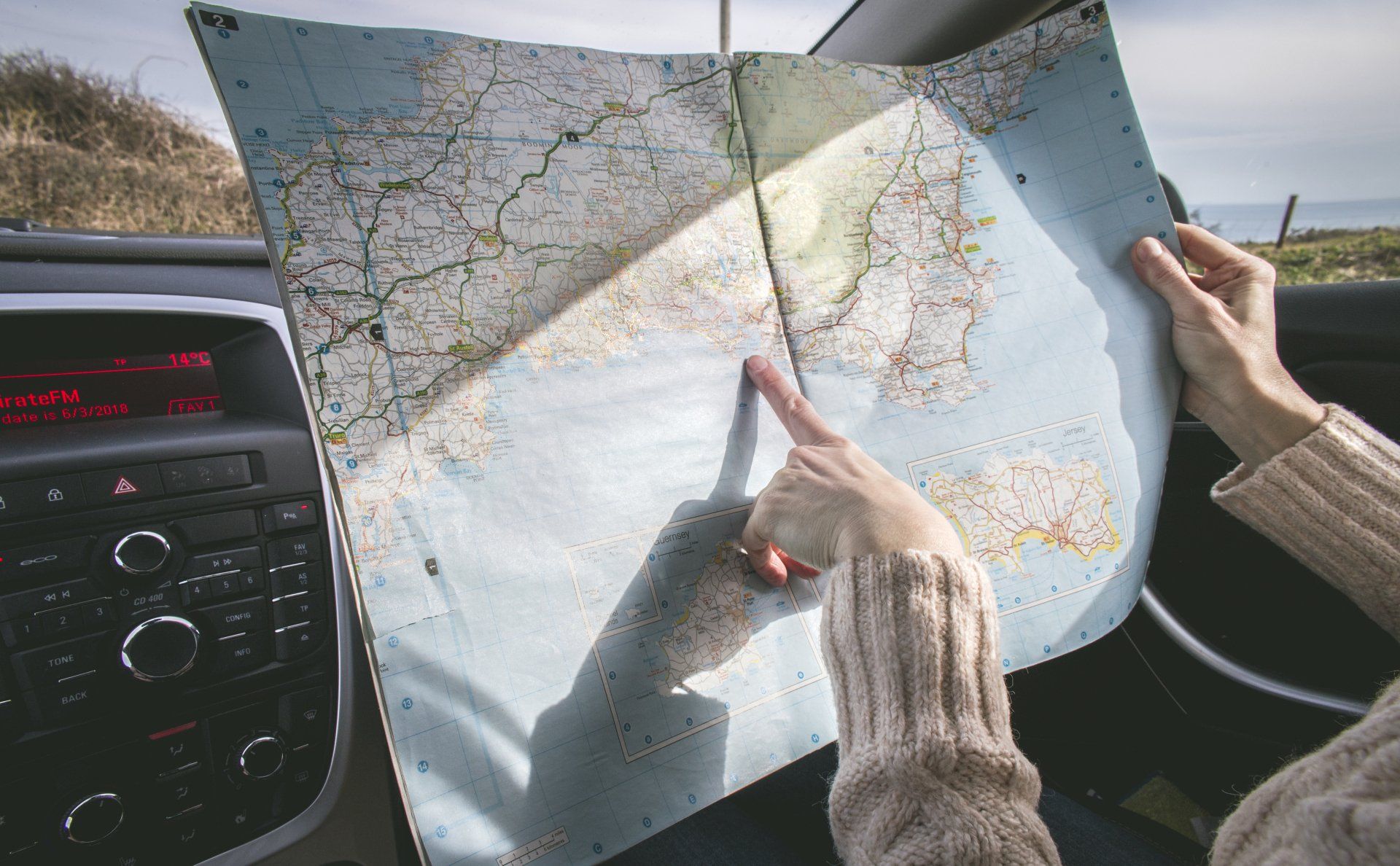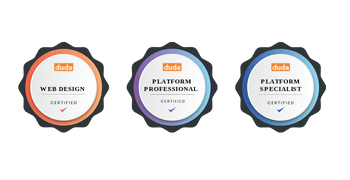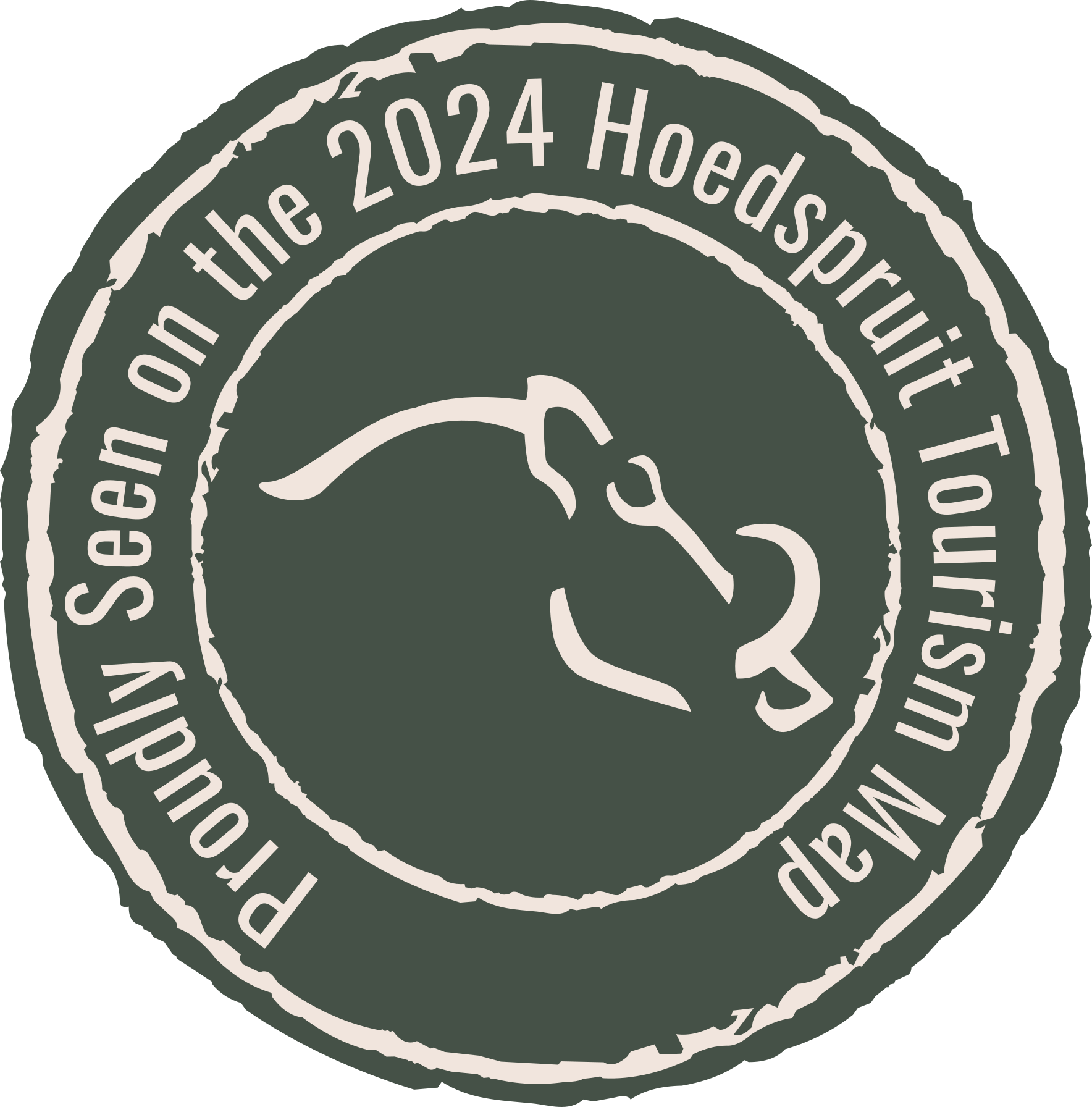Utilizing YouTube for Effective Travel Business Marketing
In the travel industry content is king! But many people prefer the stock standard Facebook and Instagram. YouTube however is a powerhouse platform for businesses across the tourism industry. For travel businesses, the potential of YouTube is particularly significant, offering a visually immersive and engaging medium to showcase destinations, experiences, and services. In this article, we'll explore the strategies and benefits of utilizing YouTube for effective marketing in the travel industry.

Navigating the Visual Marketing Frontier
The Power of Visual Storytelling
Visual storytelling has become a cornerstone of successful marketing strategies, and YouTube provides an fantastic canvas for businesses to paint vivid narratives. YouTube's format has also changed in recent years allowing the potential of short form content akin to those on Instagram and Facebook. With Youtube shorts, there is now the opportunity to make your longform content go an extra mile. In the travel industry, where experiences are as diverse as the destinations themselves, leveraging the visual appeal of YouTube can captivate audiences and inspire wanderlust.
For readers eager to harness the potential of YouTube for their travel businesses, this article aims to provide a quick oversight into creating compelling video content, optimizing YouTube channels, and capitalizing on the platform's features for marketing success. By taking the time to explore real-world examples alongside this guide, readers can unlock the full potential of YouTube marketing in the travel sector.
Crafting Compelling Travel Content
Showcasing Destinations Through Video
One of the primary advantages of YouTube for travel businesses is the ability to showcase destinations through immersive videos. Whether it's the pristine beaches of Bali, the bustling markets of Marrakech, or the serene landscapes of New Zealand, video content allows businesses to transport viewers directly to these locales, fostering a sense of connection and inspiration.
Capturing Authentic Travel Experiences
Authenticity resonates with modern consumers, and YouTube provides a platform to capture genuine travel experiences. A candid video is a type of online video that allows you to see the person or product in question being used and evaluated. Travel businesses can create vlogs, testimonials, and behind-the-scenes footage to humanize their brand, building trust and relatability with the audience. Authentic content not only engages viewers but also positions the business as a trustworthy source in the competitive travel market.
Optimizing YouTube Channels for Visibility
Strategic Channel Setup and Branding
Setting up a YouTube channel requires more than just uploading videos. Travel businesses should strategically configure their channels, including compelling channel art, an informative about section, and relevant links. Consistent branding across the channel fosters recognition and establishes a professional online presence. It also allows for your channel to be "found" during searches. Google, YouTube and other search platforms use algorithms that trawl through text. Make sure you are easy to find!
Effective Video Titles and Descriptions
YouTube's search algorithm relies on titles and descriptions to understand the content of videos. Travel businesses should craft compelling and keyword-rich titles that resonate with their target audience. Descriptions should provide additional context, including relevant keywords and links to the business's website or booking platforms. Include links to other relevant videos in your collection, and if you're providing information, include a time-code breakdown of the video to make it easy for people to jump to the information they are looking for.
Leveraging YouTube Features for Marketing Success
Utilizing Playlists for Content Organization
Playlists are a powerful feature on YouTube that businesses can leverage to organize their content thematically. Travel businesses can create playlists based on destinations, travel tips, or specific themes to guide viewers through a curated journey. This not only enhances user experience but also keeps viewers engaged with a series of related videos.
Engaging with Viewers through Comments and Community Posts
Building a community around a YouTube channel is essential for sustained success. Travel businesses should actively engage with viewers by responding to comments, asking for feedback, and utilizing community posts. This interaction fosters a sense of connection and loyalty, turning viewers into subscribers and brand advocates.
In the property industry they say location, location, location - in the media industry we say engagement, engagement, engagement!
Monetization and Collaboration Opportunities
Unlocking Monetization Potential
YouTube offers monetization opportunities for eligible channels through the YouTube Partner Program. Travel businesses can earn revenue through ads, channel memberships, and Super Chat during live streams. Monetization adds an additional revenue stream for businesses while providing valuable content to viewers for free.
Collaborating with Influencers and Partners
Collaborations with influencers and other businesses in the travel industry can amplify the reach of YouTube content. Partnering with travel vloggers, influencers, or complementary businesses for joint videos or shout-outs exposes the channel to new audiences. Collaborations not only broaden the reach but also add credibility and diversity to the content.
Use this "action plan" template for your channel
- Plan your channel upfront
- Playlists
- Edited vs Candid Footage
- Create your content plan
- Your product
- Split into Edited "Marketing" and Candid content
- Map out shorts from the major videos
- Content Planner - don't be shy. Quantity is rewarded just as much as quality
- Film, Edit, Publish
_
The internet is changing fast today, especially with AI content becoming the norm. Search intent has also changed in a way where content is being rewarded for being "helpful." Helpful, accurate and fast. Leveraging the visual appeal of video content, optimizing channels for visibility, and utilizing YouTube's features strategically can position travel businesses for excellent marketing success. As the travel industry continues to evolve, businesses that embrace YouTube as a central element of their marketing strategy will be well-positioned to capture the attention and loyalty of their target audience.
ASK US
For travel businesses: Dive into the world of YouTube marketing by creating compelling video content that showcases the unique experiences your business offers. Optimize your YouTube channel, engage with your audience, and explore collaboration opportunities to elevate your brand presence.
Frequently Asked Questions
Articles







